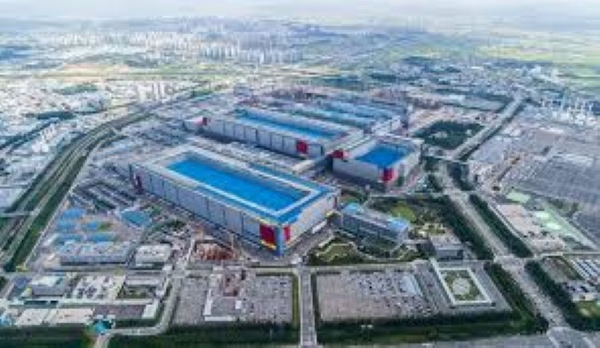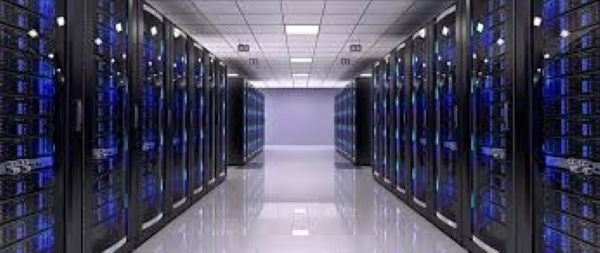Samsung has announced a KRW 450 trillion (US$310 billion) investment over the next five years in push for artificial intelligence (AI), semiconductor manufacturing, and data center infrastructure. At the heart of the plan is Pyeongtaek Plant 5, a new memory chip production line scheduled to begin commercial operations in 2028. Pyeongtaek Plant 5 will serve the surging demand for high bandwidth memory (HBM) and server DRAM. These are key inputs for AI workloads.
Samsung is also not just creating memory chips. Its IT arm, Samsung SDS, will construct two AI data centers, one in South Jeolla and another in Gumi. The Jeolla data center is especially ambitious as it aims operations start of its 15,000 GPUs by 2028. The data center’s availability will also not be limited to Samsung’s operations. The company will make it available to universities, startups, and SMEs. The Gumi data center, on the other hand, will channel its resources to Samsung internal AI model training and research across Samsung’s divisions.
Samsung’s battery arm, SDI is also making a strong case in all-solid-state battery production at a site most likely in Ulsan industrial district. Samsung Display is also gearing up mass production of its 8.6-generation OLED displays at its Asan manufacturing facility. The company’s electronic component company, Samsung Electro-Mechanics will also scale up advanced server packaging substrates. This is in bid to strengthen its manufacturing ecosystem.
Overview on the US$310 Bn AI, Data Center and Semiconductor Investment by Samsung
Total Investment: KRW 450 trillion (US$310 billion) over 5 years.
Key Focus for Samsung: AI data center infrastructure, semiconductors manufacturing, next-generation batteries, OLED.
Pyeongtaek Plant 5 Development: New memory-chip line. Operations starting 2028.
AI Data Centers:
- Jeolla with 15,000 GPUs by 2028. Varied use across academia and SMEs.
- Gumi data center for Samsung AI training and as a R&D hub.
Battery Investment: All-solid-state battery production most likely in Ulsan industrial district.
Display Technology Investment: 8.6-generation OLED production at the city of Asan.

Investment Timeline
2025: KRW 450 trillion investment announced. Structural construction begins for Pyeongtaek Plant 5.
2026-2027: AI data centers build-out in Jeolla and Gumi expected. Also in plans is ramp-up of R&D and infrastructure.
2028: Pyeongtaek Plant 5 to begin operations. Jeolla data center to reach 15,000 GPU target.
What the AI, Data Center and Semiconductor Investment by Samsung Means to the Region and Markets
Samsung’s US$310 billion investment in AI, semiconductors and data centers is not just about growth — it is quintessential to the growing AI bubble and tech boom. With rising global demand for memory chips, Samsung’s Pyeongtaek Plant 5 is far from an idle investment, especially as major tech firms continue expanding their digital footprints through large-scale developments such as Amazon’s new US$3 billion data center investment in Mississippi.
It will also strengthen the company’s semiconductor manufacturing at the Pyeongtaek Samsung Electronics P2 facility that has been a host of expansions in recent years.
On a national level, this investment continues to push South Korea up the ladder to become a top 3 AI powerhouse after the U.S. and China. The Jeolla and Gumi data centers also reflect the country’s high-tech infrastructure beyond Seoul, a good pointer to promotion of regional economic development.
Financially, Samsung’s earnings are already on the rise. Its semiconductor division saw a 32.5% jump in operating profit in Q3 2025, driven by AI-related chip demand.

